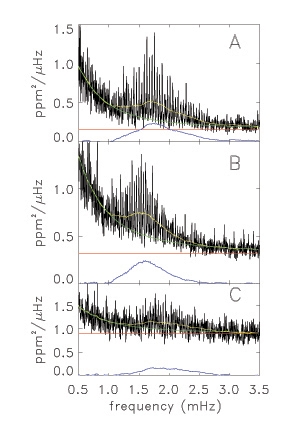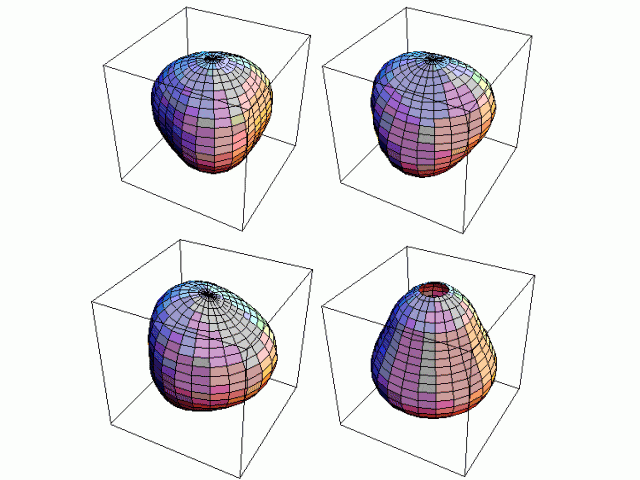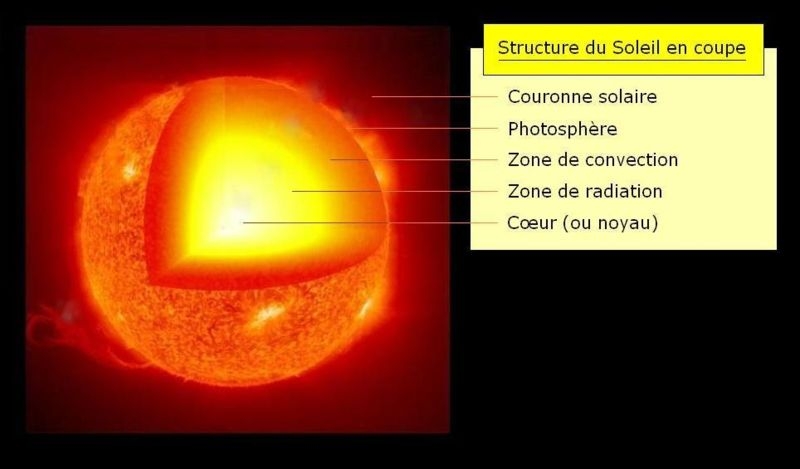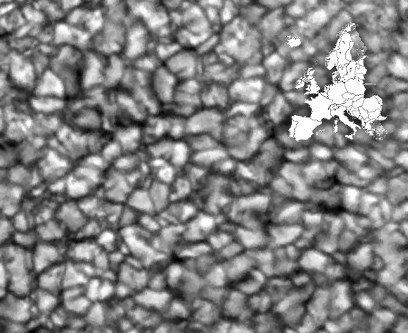23 October 2008
Major first

CNES’s COROT space telescope doesn’t just hunt for exoplanets, since it recently found 3 distant stars hotter than the Sun but with similar physical characteristics.
How did it achieve this feat?
”COROT employs a method based on very-high-precision photometry,” explains Eric Michel, from the LESIA space and astrophysics instrumentation research laboratory at the Observatoire de Paris.

This discovery is a major first, since oscillations have never been viewed before by photometry with such precision.
“These oscillations are periodic deformations in the star’s structure revealed by extremely faint variations in its brightness,” says Eric Michel.

Such faint variations are undetectable from Earth because scintillation in the atmosphere prevents ground telescopes from seeing as clearly as COROT.
Another feature the 3 stars share with the Sun is their granulation, with a roiling surface composed of bright granules (hot rising plasma) and darker spots (cooler plasma).
Learning about star shells

The light curves obtained also confirm their ressemblance with the Sun.
“Analysis of the light curves clearly highlights solar-type pulsations with characteristic frequency profiles.”

Astronomers will now look at each of the light curves in more detail to find out what is going on inside the stars. “Thanks to the photometric precision of the results obtained with COROT, we are going to learn more about the dynamics driving the shell, a region of stars that is still poorly understood,” enthuses Eric Michel.
